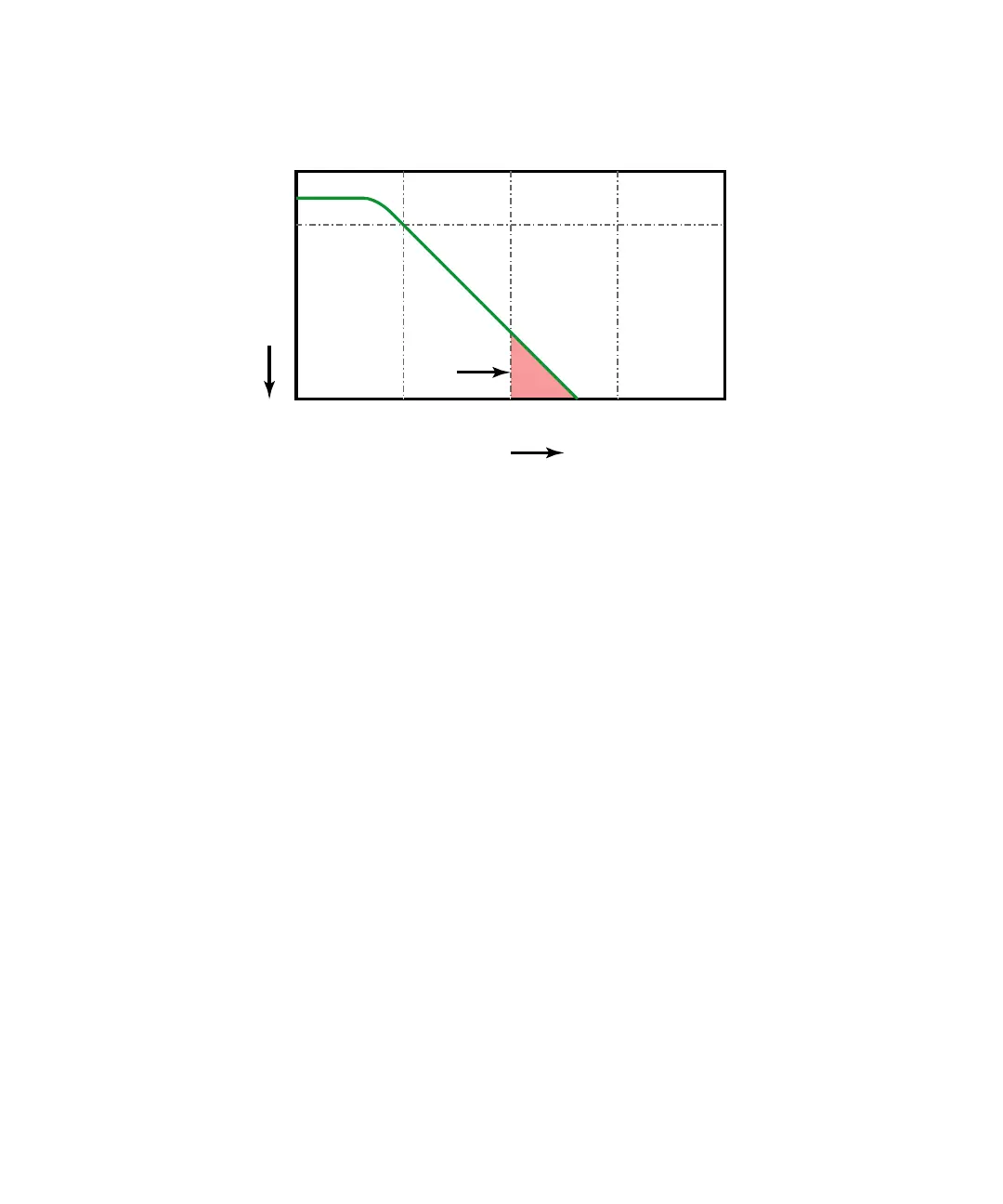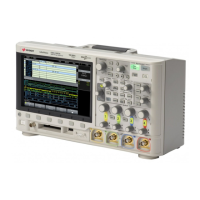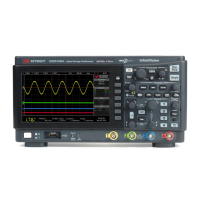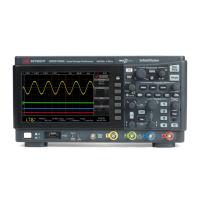Acquisition Control 13
Keysight InfiniiVision 3000T X-Series Oscilloscopes User's Guide 219
So, in practice, an oscilloscope's sample rate should be four or more times its
bandwidth: f
S
= 4f
BW
. This way, there is less aliasing, and aliased frequency
components have a greater amount of attenuation.
Note that 1.5 GHz bandwidth 3000T X-Series oscilloscope models have more of a
brick-wall type frequency response than the Gaussian response of lower
bandwidth 3000T X-Series oscilloscope models. To understand the
characteristics of each type of oscilloscope frequency response, see
Understanding Oscilloscope Frequency Response and Its Effect on Rise-Time
Accuracy, Keysight Application Note 1420
(http://literature.cdn.keysight.com/litweb/pdf/5988-8008EN.pdf).
See Also Evaluating Oscilloscope Sample Rates vs. Sampling Fidelity: How to Make the
Most Accurate Digital Measurements, Keysight Application Note 1587
(http://literature.cdn.keysight.com/litweb/pdf/5989-5732EN.pdf)
Oscilloscope Rise Time
Closely related to an oscilloscope's bandwidth specification is its rise time
specification. Oscilloscopes with a Gaussian-type frequency response have an
approximate rise time of 0.35/f
BW
based on a 10% to 90% criterion.
Figure 36 Sample Rate and Oscilloscope Bandwidth
Limiting oscilloscope bandwidth (f
BW
) to 1/4 the sample rate (f
S
/4)
reduces frequency components above the Nyquist frequency (f
N).
f
S
f
N
f
S
/4
-3dB
Attenuation
Aliased frequency
components
Frequency
0dB
